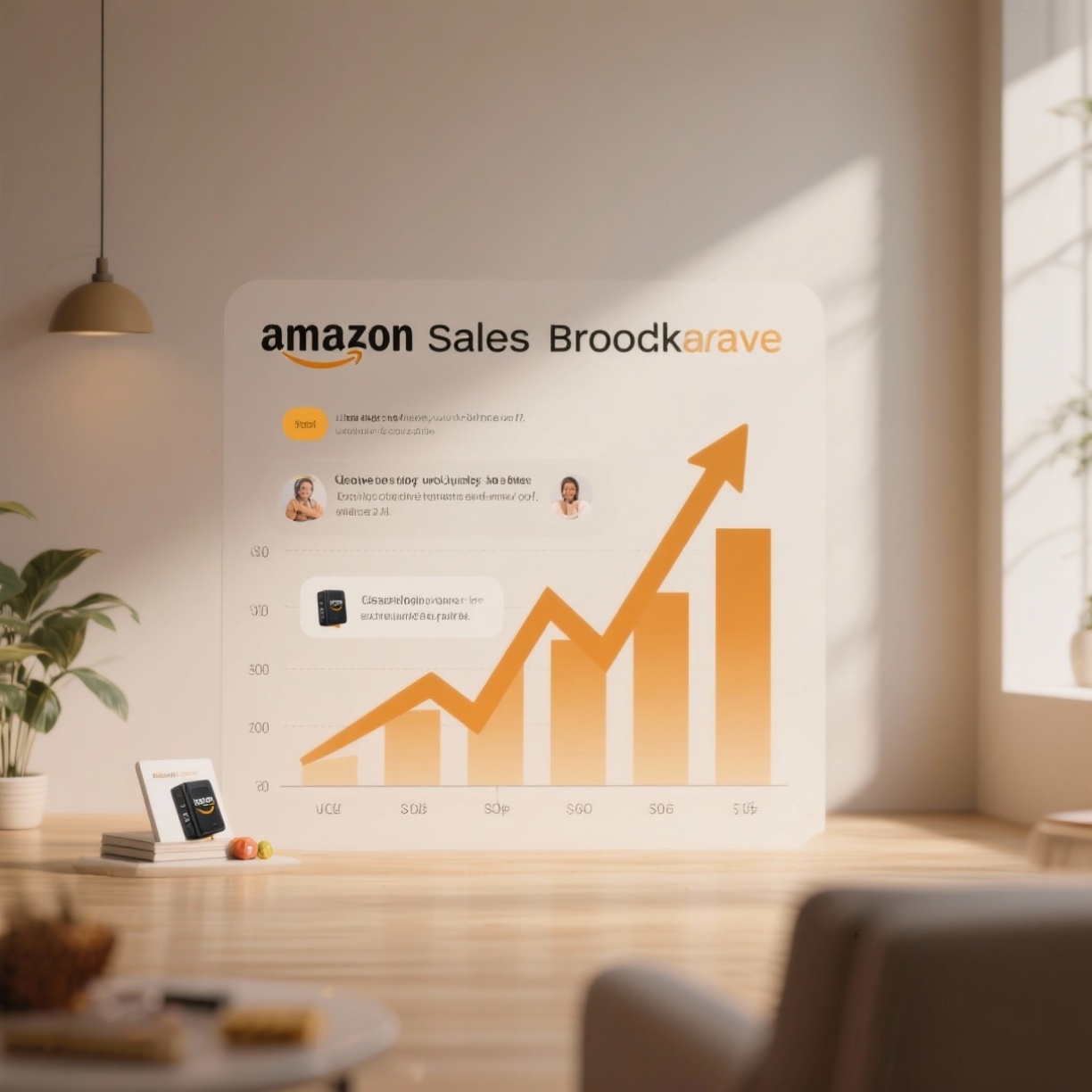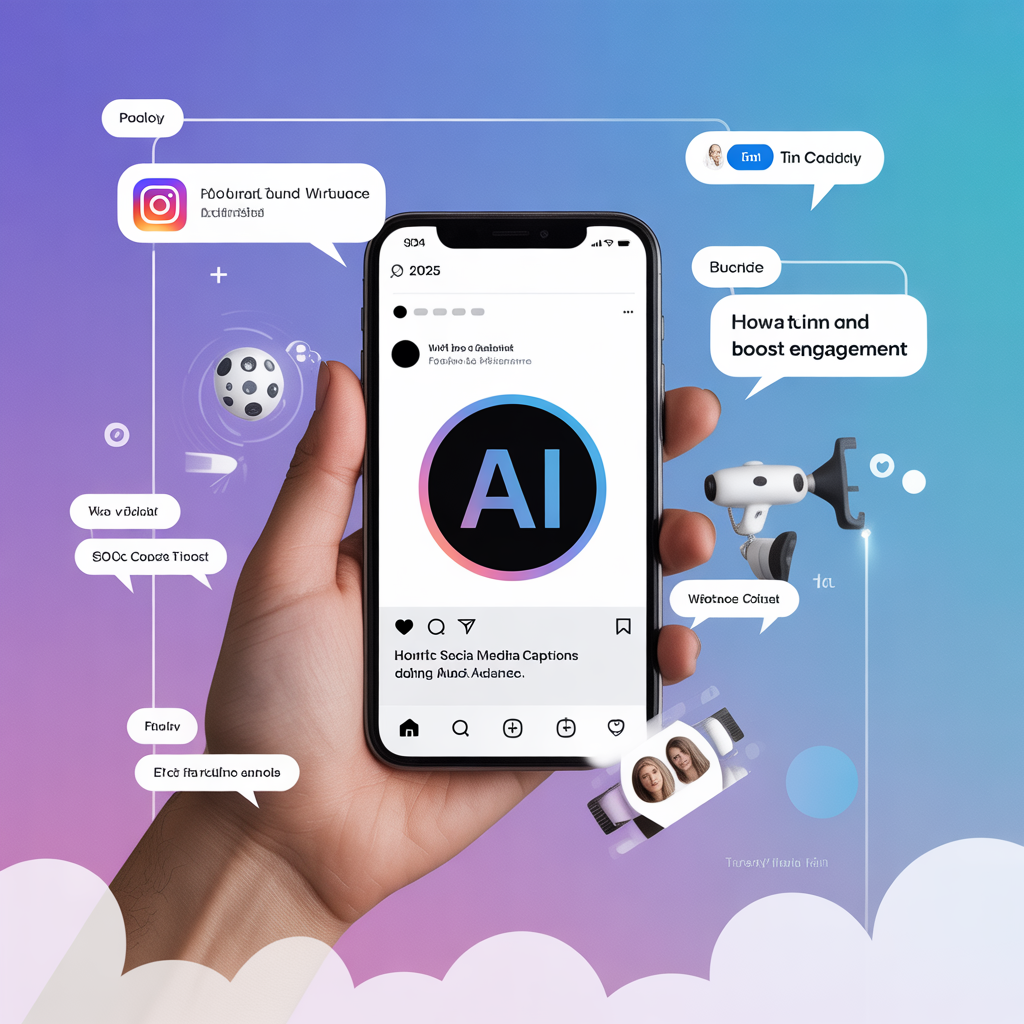When customers shop on Amazon, they don’t touch, feel, or test your product — they see it.
That’s why product images are the most powerful conversion element on your listing.
According to Amazon data, listings with high-quality, optimized images can increase conversions by up to 30%, even if the title and description remain the same.
Images don’t just attract buyers — they build trust. A professional visual presentation tells the customer, “This is a real brand, not a random seller.”
In this blog, you’ll learn how to create, optimize, and organize your product images to stand out and sell more on Amazon.
1. The Importance of Product Images on Amazon
Images play a triple role:
- Attract attention in search results.
- Build confidence on the product page.
- Communicate quality and value instantly.
When buyers see sharp, informative, and attractive visuals, they automatically perceive your brand as more reliable — which reduces hesitation and leads to faster purchases.
On the other hand, poor-quality photos instantly kill conversions, even if the product itself is great.
2. Amazon’s Image Requirements (Updated)
Before getting creative, make sure you comply with Amazon’s image guidelines.
✅ Main Image Requirements
- Must be on a pure white background (RGB 255,255,255).
- Product should fill 85% or more of the frame.
- Must be professionally lit and in focus.
- No logos, text, or graphics on the main image.
- Only one product shown (no props).
✅ Additional Image Rules
- You can upload up to 7–9 images.
- Recommended size: 2000 x 2000 pixels for zoom capability.
- File format: JPEG (.jpg or .jpeg) preferred.
- Use RGB color mode (not CMYK).
Following these rules ensures your images look crisp and zoom properly — a key trust factor for shoppers.
3. The Perfect Amazon Image Set
Your listing’s image gallery should tell a visual story — from introduction to emotional connection.
Here’s an ideal 7-image sequence:
- Main Image: Clean white background showing full product.
- Lifestyle Image 1: Product in real use (model or natural setting).
- Feature Highlight: Zoomed-in image showing fabric, stitching, or material quality.
- Benefit Image: Visual showing what problem your product solves (e.g., waterproof test).
- Comparison Image: Show difference between your product and others.
- Size or Dimension Chart: Helps customers understand fit, scale, or packaging.
- Brand Story Image: Logo, tagline, or behind-the-scenes photo (builds connection).
Each image should educate, inspire, and build trust.
4. The Main Image – Your First Impression
The main image determines whether someone clicks your listing or your competitor’s.
To make it stand out:
- Use consistent lighting and professional editing.
- Keep product perfectly centered with no clutter.
- Use natural shadows for depth (avoid fake, harsh outlines).
- Ensure the product fills 85–90% of the image frame.
If you’re selling apparel or sportswear, make sure the product looks structured and filled (use mannequins or flat lay techniques). A wrinkled or loosely hung hoodie gives a “cheap” impression.
5. Lifestyle Images That Sell Emotion
Lifestyle photos are where you connect emotionally with buyers.
They show the product in real-life use, helping customers imagine themselves using it.
For example:
- If you sell sportswear, show a model training outdoors.
- For jackets, show someone wearing it in rain or cold weather.
- For gym bags, show it being used in a fitness setting.
Tips for high-performing lifestyle photos:
✅ Use natural light or soft studio lighting.
✅ Use models that match your target audience.
✅ Avoid stock-photo clichés — aim for real emotion.
✅ Show product in motion — it adds energy and realism.
Lifestyle photos aren’t just decoration — they answer the buyer’s subconscious question:
“Will this product fit into my life?”
6. Infographic Images – Educate Without Words
Infographics help explain features visually. They are especially useful for technical or multi-feature products.
Include:
- Icons for quick feature identification (e.g., “Waterproof,” “Breathable,” “Reinforced Seams”).
- Short text overlays (max 3–5 words).
- Arrows or highlights to show product details.
Example for a sports jacket:
🔹 Breathable Mesh Lining
🔹 Water-Resistant Shell
🔹 Reflective Stripes for Night Runs
🔹 Secure Zipper Pockets
These images reduce buyer confusion and increase confidence.
7. Comparison Images – Show the Difference
Buyers compare — even if you don’t.
So, help them decide faster by showing why your product is superior.
Example layout:
| Feature | Your Brand | Others |
|---|---|---|
| Stitching Quality | ✅ Reinforced | ❌ Standard |
| Breathability | ✅ High | ❌ Poor |
| Material | ✅ Premium Fabric | ❌ Thin Polyester |
This simple visual communicates more than paragraphs of text.
8. Size, Fit, and Dimension Charts
One of the biggest reasons for returns on Amazon — especially in apparel — is wrong size selection.
Include:
- A clear size chart image.
- Model height/size reference.
- A product dimension photo (e.g., a jacket laid flat with arrows showing width/length).
This not only reduces returns but also increases buyer satisfaction.
9. The Brand Story Image
Your final image should humanize your brand.
Show your factory, craftsmanship, or team, and add a short brand message like:
“Designed and crafted with passion in Sialkot — trusted by athletes worldwide.”
This builds authenticity and helps turn first-time buyers into loyal customers.
10. File Optimization for Fast Loading
Even high-quality photos can fail if they load slowly.
Make sure to:
- Compress images (under 2MB).
- Save in JPEG format for smaller size.
- Keep consistent brightness and white balance across all images.
Fast-loading images help improve engagement and reduce bounce rates.
11. A/B Test Your Images
Amazon allows A/B testing for images under the “Manage Your Experiments” tool.
You can test:
- Different main image angles.
- Lifestyle vs. infographic variations.
- Background color or lighting style.
Track CTR (Click-Through Rate) and Conversion Rate to identify which images perform best.
Even small visual improvements can make a big revenue difference.
12. Example: Winning Image Strategy for Sportswear
Product: Men’s Performance Jacket
1️⃣ Main Image: Jacket on white background (front view).
2️⃣ Lifestyle Image: Model running outdoors in the jacket.
3️⃣ Feature Image: Close-up on zipper and waterproof seams.
4️⃣ Infographic: Icons – waterproof, windproof, breathable, lightweight.
5️⃣ Comparison: “Our Jacket vs. Regular Sportswear.”
6️⃣ Size Chart: Clear size guide with height reference.
7️⃣ Brand Story: “Crafted in Sialkot, Pakistan – Designed for Champions.”
This sequence covers everything — clarity, trust, emotion, and conversion.
13. Common Mistakes to Avoid
❌ Using dark or uneven lighting.
❌ Ignoring the white background rule.
❌ Uploading low-resolution images.
❌ Adding too much text or clutter.
❌ Using random stock images not related to your product.
Consistency and clarity always beat over-designing.
Conclusion
Your Amazon product images are your silent sales team. They create the first impression, deliver the message, and convince buyers to purchase — often before they read a single word.
To summarize:
- Follow Amazon’s technical rules.
- Use lifestyle and infographic images smartly.
- Tell a visual brand story.
- Test, refine, and repeat.
Investing in professional visuals is not a cost — it’s a conversion strategy that can multiply your sales and brand reputation.


